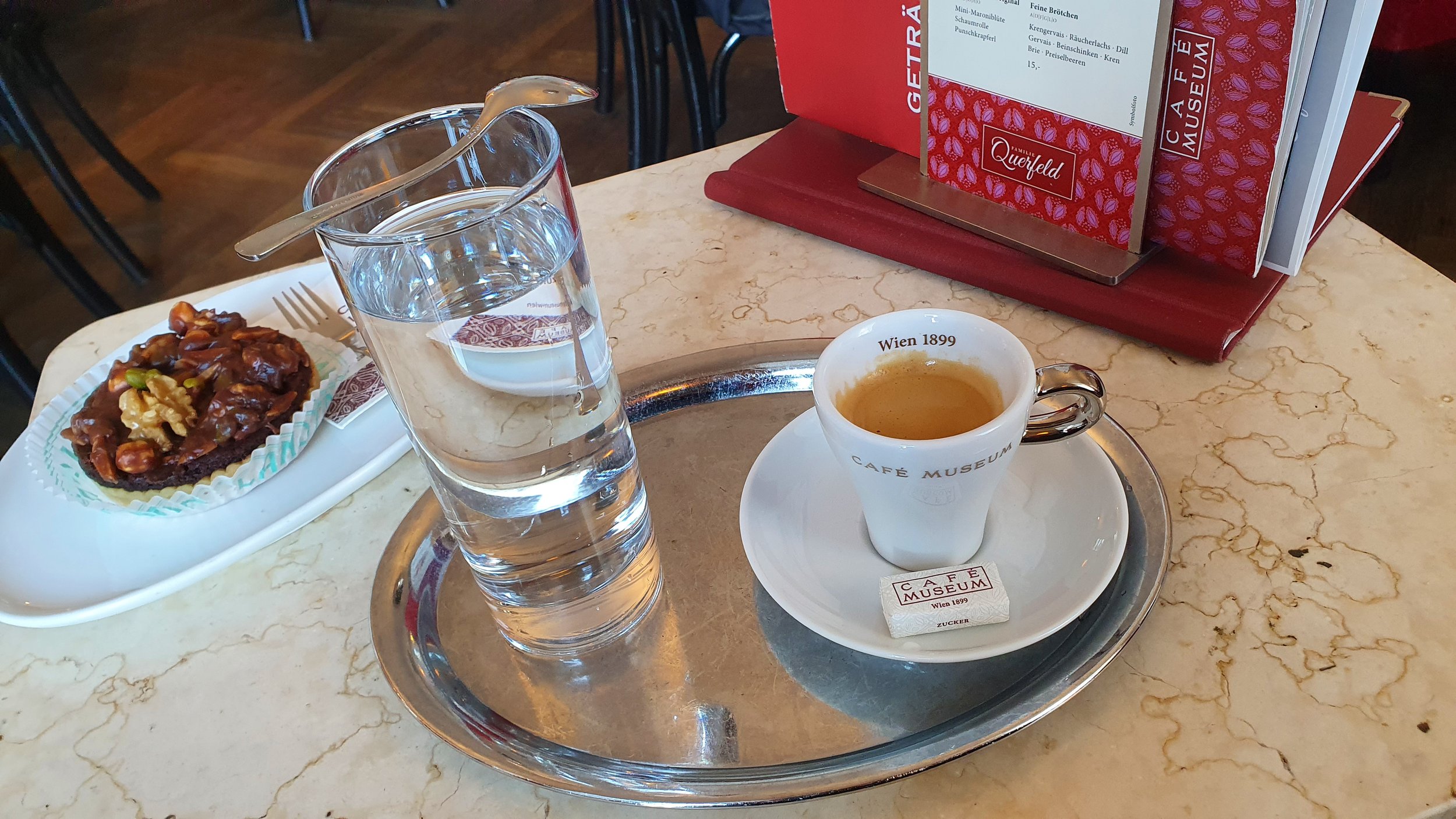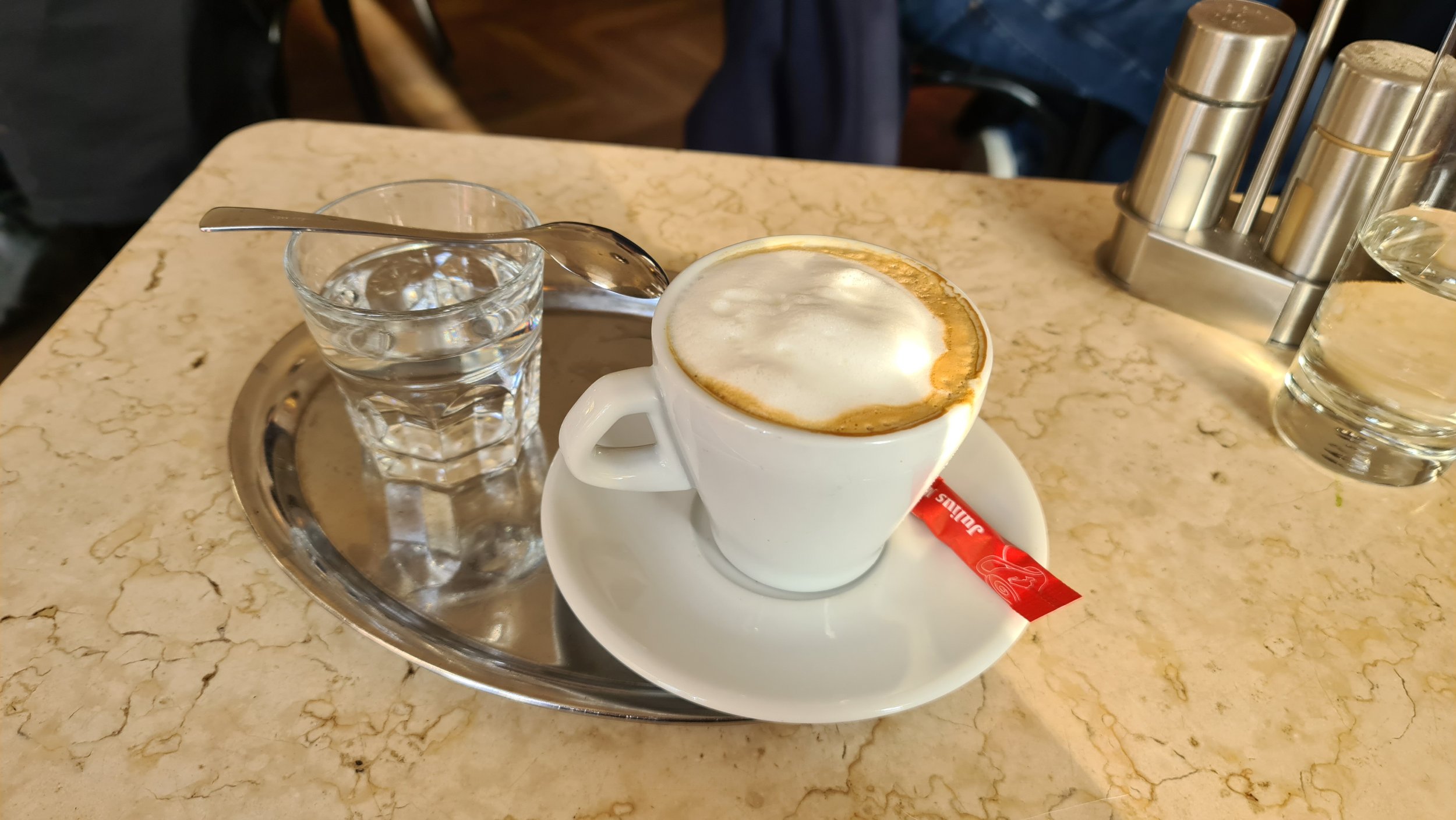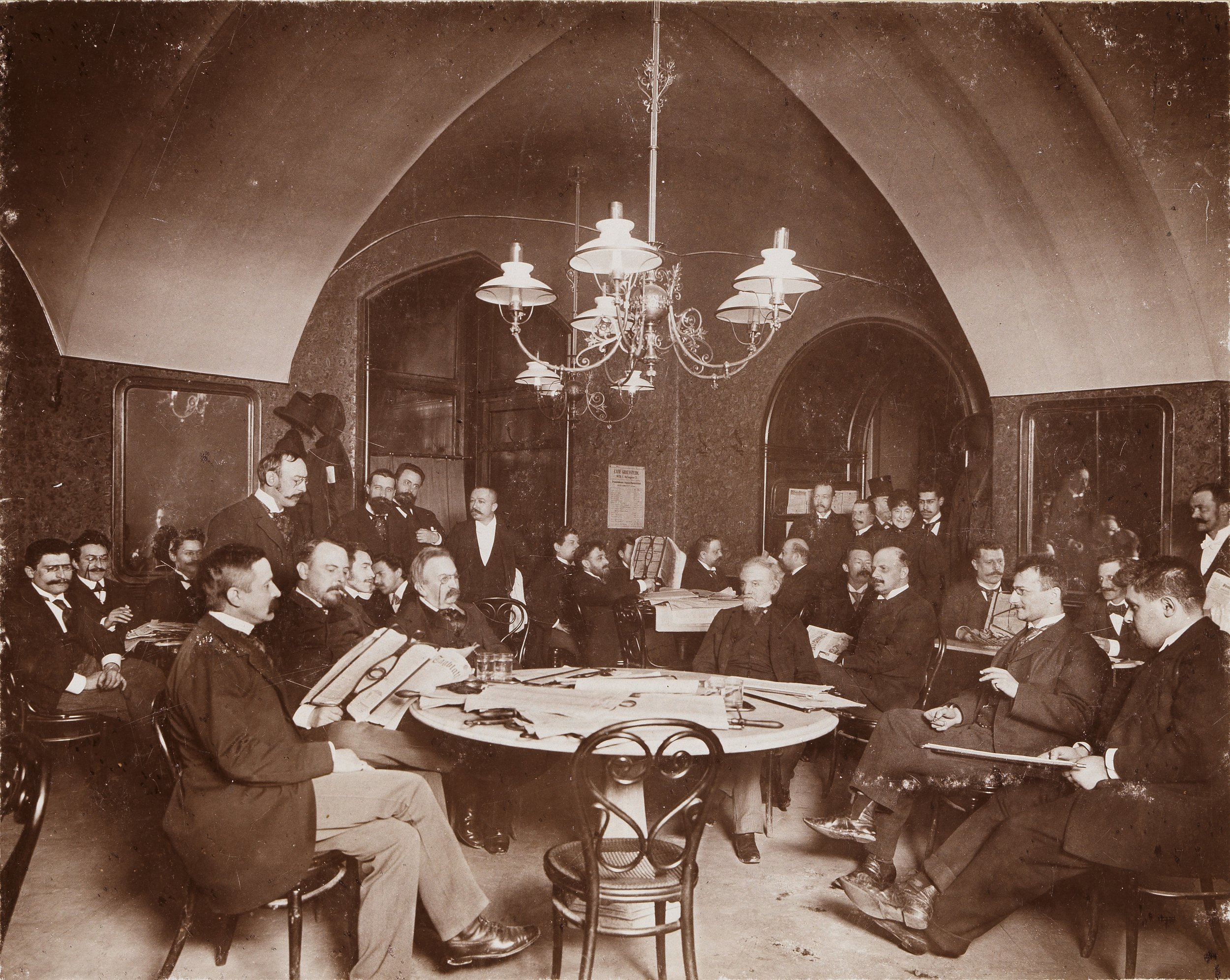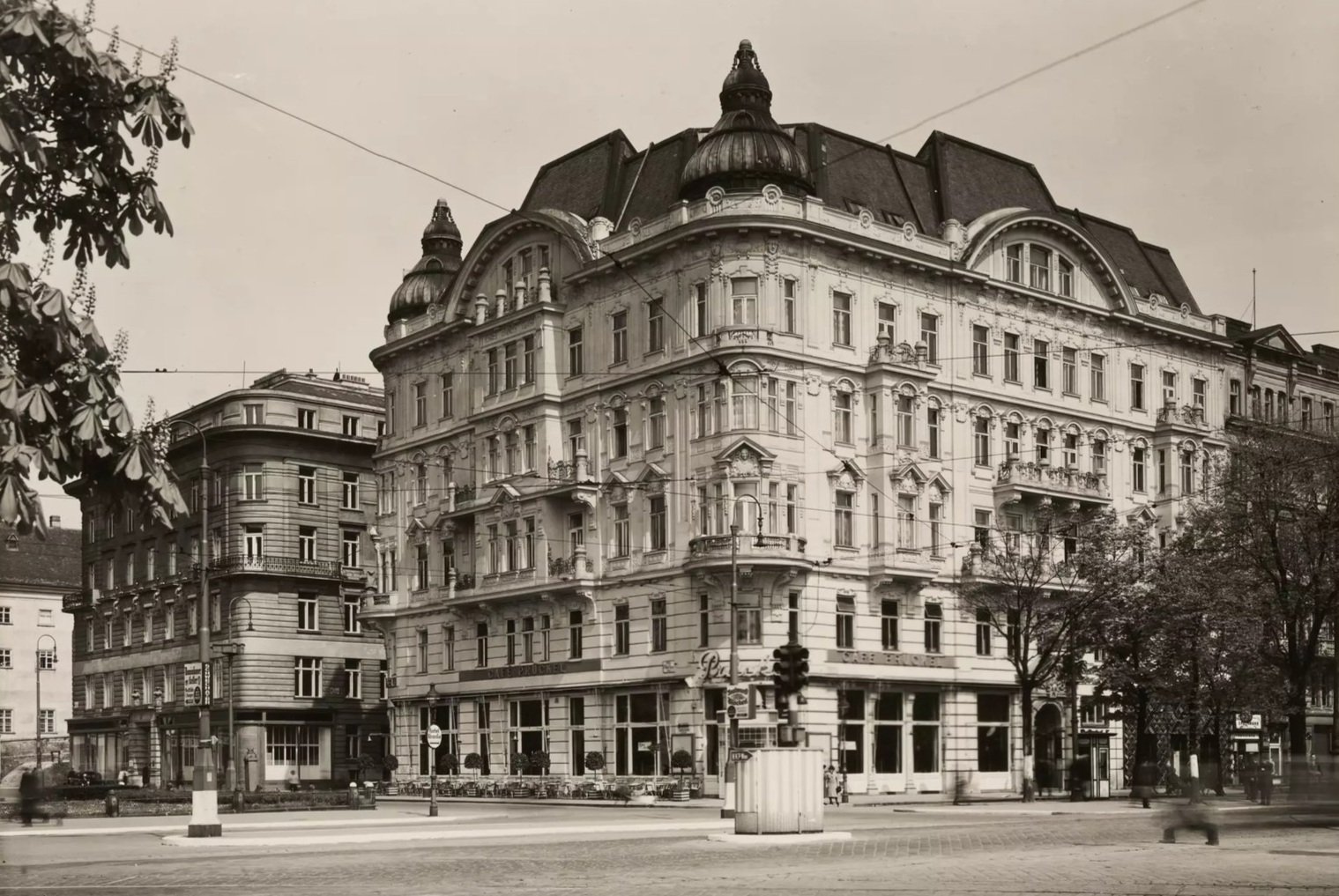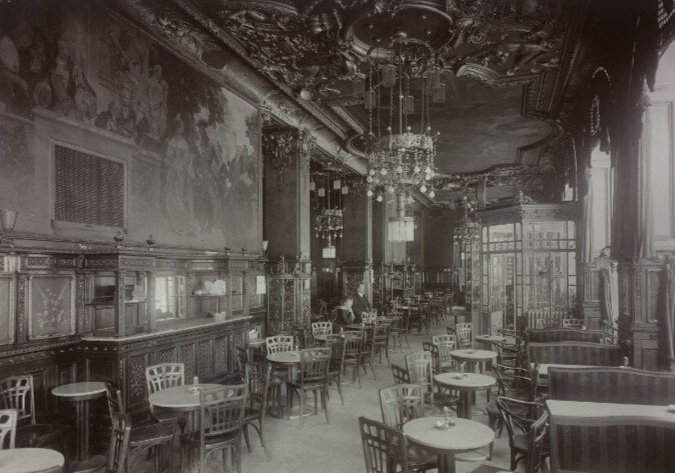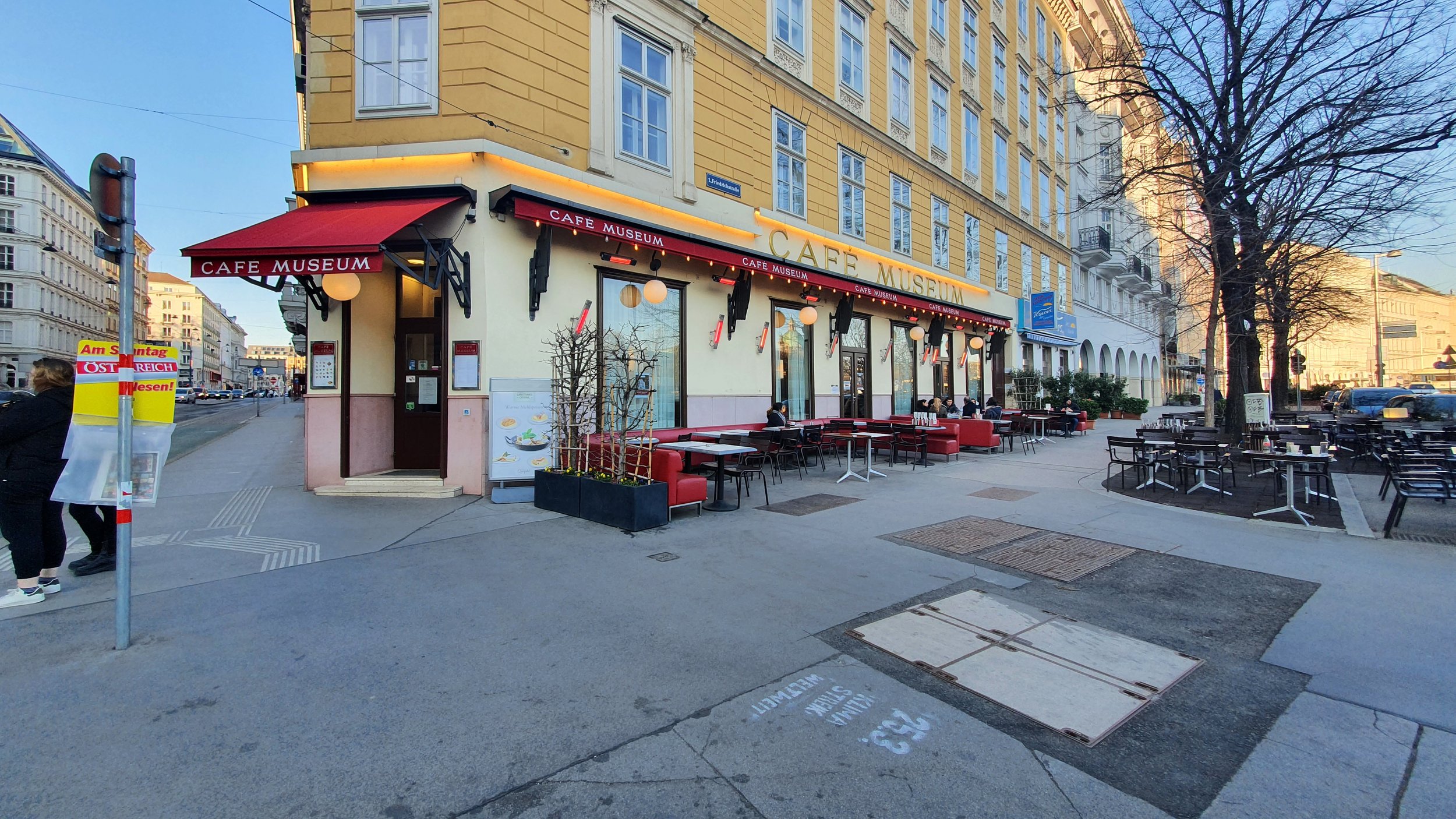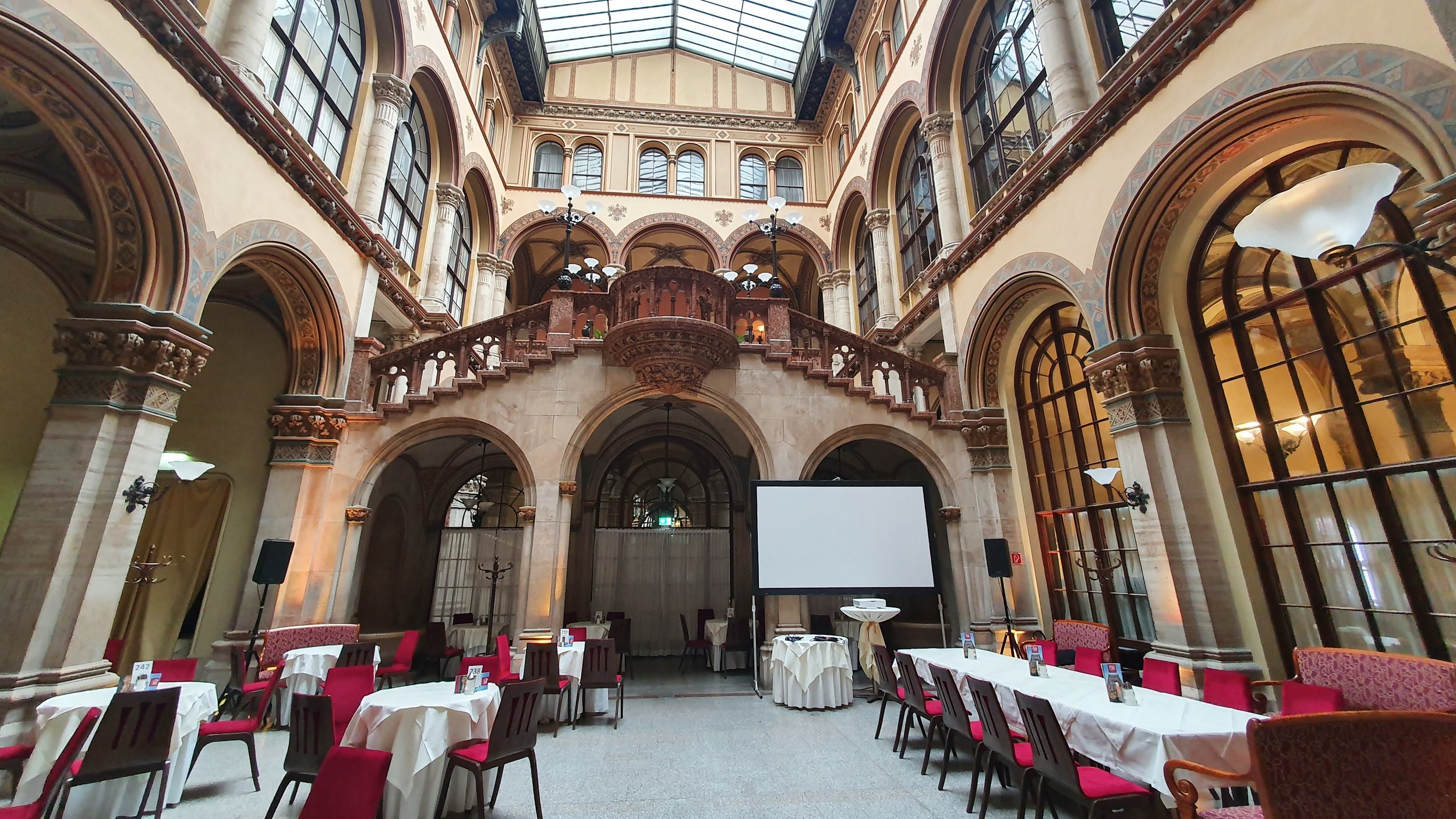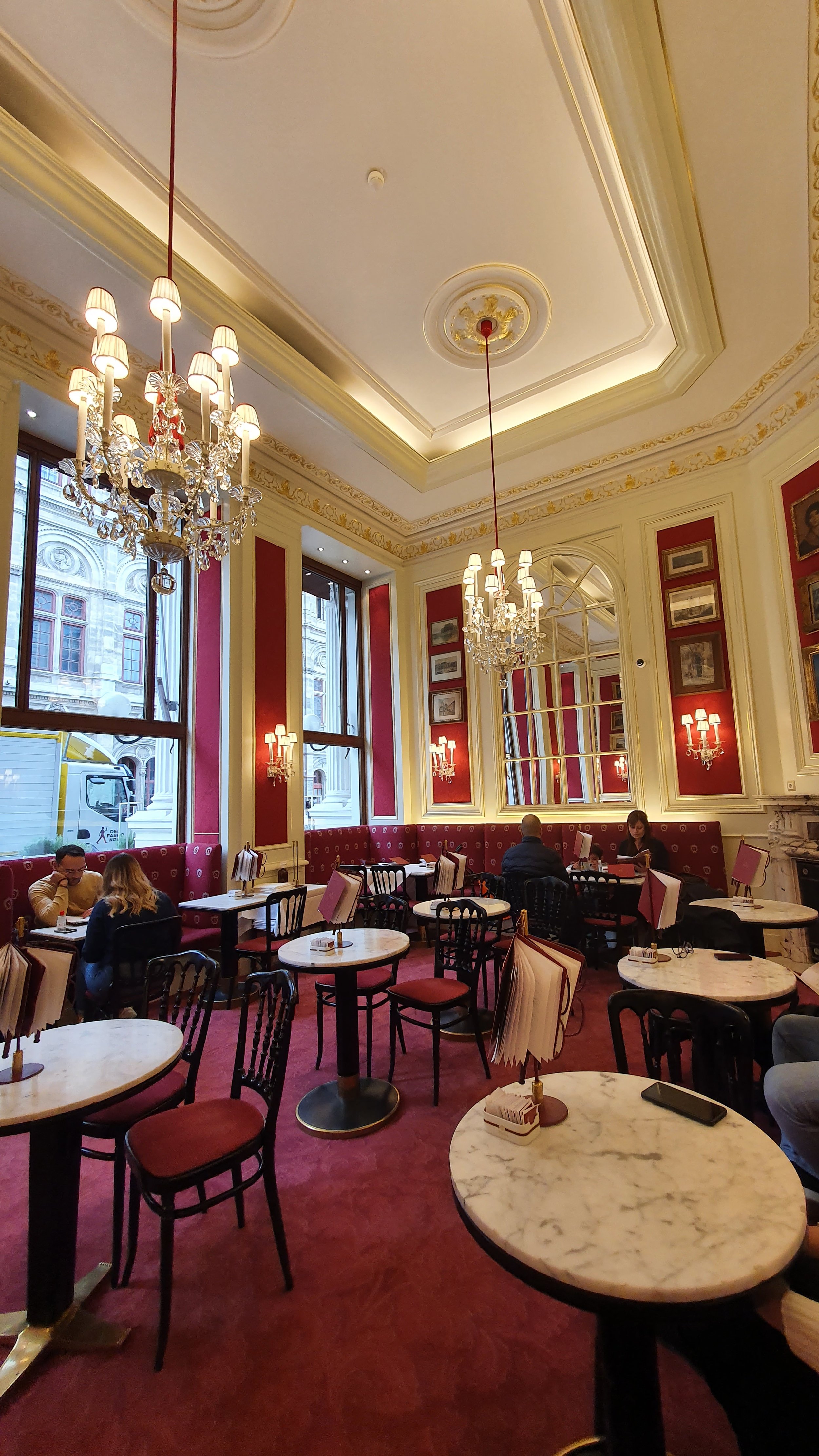Discover Vienna's Coffee Culture: Café Recommendations, Coffee Glossary & Historical Insights
There's more than just coffee in a Viennese coffee house: it's a quintessentially Viennese way of life. The coffee houses are a place "where time and space are consumed, but only the coffee is on the bill". But what makes the Viennese coffee house so special?
Coffee Glossary
Simply ordering a "cup of coffee" in a Viennese coffee house is a bit of a faux pas! So that you are prepared for your visit, here is a brief overview of the most common coffee specialties.
Kleiner Schwarzer (translation: Small black): This is a black coffee without sugar or milk. It usually comes from an espresso machine. The classic way, however, is to filter it in a carafe or Karlovy Vary pot. -If it is prepared in this way, it would be a "mocha".
Großer Schwarzer (translation: Large black): This is a double espresso or a double mocha.
Kleiner / Großer Brauner (translation: Small or large brown): Small or large espresso / mocha with cream (= coffee cream).
Verlängerter Schwarzer (translation: extended one): This is a small espresso / mocha that has been infused with hot water.
Verlängerter Brauner (translation: extended brown one): A small espresso / mocha with more water and a dash of coffee cream.
Viennese Melange: This is an extended black with a cap of milk foam. The difference to the cappuccino is that a milder type of coffee is used and there is less milk foam in the melange. By the way, if you want to order like a real Viennese, just say "A Melange, please!". We actually always leave out the "Viennese"... because you're already in Vienna anyway :)
Überstürzter Neumann: Not a widely known coffee type, but a personal favorite of mine, making a special appearance in the video ;) It's a double espresso with whipped cream, and here's the unique part: they bring the whipped cream in a separate cup, pouring the coffee over it at your table when it's served.
But there are many, many other types of coffee. For further reading, I recommend the official website (German only) of the Austrian Chamber of Commerce for coffee houses (yes, there really is such a thing in Austria!).
What makes a "Viennese coffee house"
Since 2011, Viennese coffee houses have been part of UNESCO's intangible cultural heritage. In the course of this, a series of criteria were developed that define a genuine Viennese coffee house. These include, among other things:
A comprehensive coffee menu with the above mentioned coffee specialties.
The free glass of water with your coffee.
The furniture with upholstered benches, marble tables and chairs made of bent wood (“Thonet chairs”)
An extensive selection of newspapers and magazines.
Austrian pastries such as apple strudel, Kaiserschmarrn & Co.
An extensive breakfast menu with eggs in a jar.
And a stay with a conditional consumption obligation.
History of Coffee in Vienna
Legend has it that coffee arrived during the Ottoman siege of Vienna in 1683, with bags left behind by fleeing Ottomans. However, the reality is less dramatic. The first Viennese coffeehouse opened in the 1680s by John Theodat, a tradesman, courier, and likely a spy for the Emperor. Popularized around 1900, Vienna's coffeehouses became hubs for intellectuals, including Sigmund Freud and Leo Trotsky, making the period a golden era.
But World War I and the Great Depression brought a downturn, worsened by the 1938 "Anschluss": 1938, Austria became part of the German Reich. And during the Nazi regime, political opponents, Jews, and other minorities were harassed, deported to concentration camps, and killed. In this hostile environment, coffeehouse now was discredited as Jewish, and cafes owned by Jews were closed or taken over. And to escape the Nazis, many Jews and political opponents left Vienna, meaning that much of the intellectual elite that had enriched Vienna's coffeehouses culture was now gone.
World War II and therefore the Nazi era ended in 1945, and the world had changed. This was also true for Vienna's coffee culture. Now, italian espresso bars began to establish themselves, and many traditional cafes had to close forever. It wasn't until the 1980s that the classic Viennese coffeehouse was rediscovered. Many esteemed establishments, like Cafe Landtmann or Cafe Prückel, were placed under monument protection. Renovations followed, and today these iconic traditional coffeehouses are experiencing a revival.
Cafés in the Video
I visited the following cafés in the video
Café Central: Herrengasse 14, 1010 Vienna—> Reservation recommended!!! Best online on the Café Central website.
Café Museum: Operngasse 7, 1010 Vienna—> You can book your table online on the Café Museum website.
Cafe Sacher: Philharmoniker Str. 4, 1010 Vienna—> Reservation recommended!!! Book online on the website of Café Sacher.
Jonas Reindl: Währingerstraße 2-4, 1090 Vienna
More classic Viennese coffeehouses, that I mentioned in my videos. The also are very traditional and give you a turn of the century feeling :)
Cafe Landtmann: Universitätsring 4, 1010 Vienna—> Reservation recommended!!! Best online on the Café Landtmann
Cafe Prückel: Stubenring 24, 1010 Vienna
